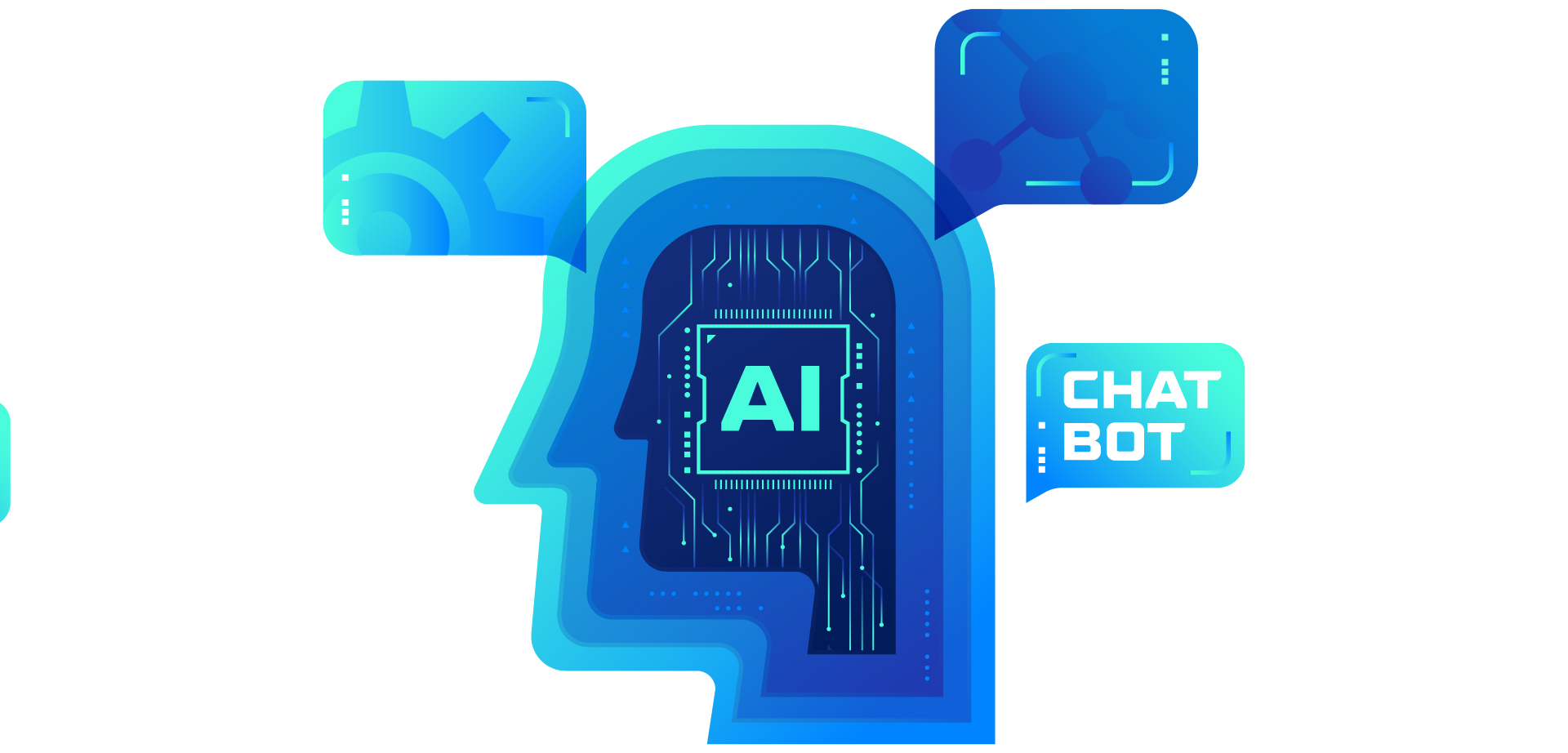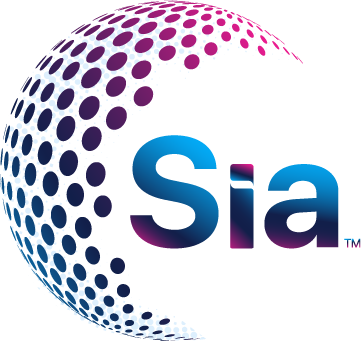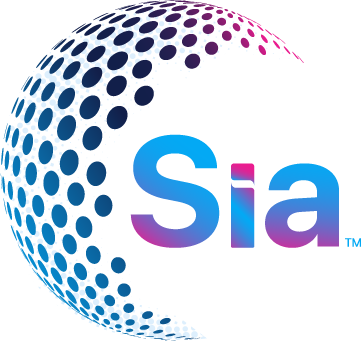Conversational AI vs Chatbots: A Comparative Analysis

Conversational AI vs Chatbots: A Comparative Analysis

As businesses strive to provide the best customer service experience, technology has become a crucial element in achieving this goal. Conversational AI has emerged as a popular option, but what exactly is it, and how does it differ from chatbots? This article delves into the intricacies of conversational AI and chatbots and their potential benefits for businesses. With the proliferation of AI in various fields, it’s no wonder that conversational AI is now a staple in most modern chatbots. So, if you’re looking to improve your customer service game, read on to learn more about how conversational interfaces could be the key to success.
What’s the difference between chatbots and conversational AI?
Sites, text corpora, databases, APIs, and other sources are among the information sources used by conversational AI and automation systems. When the source is updated or edited, the conversational AI interface automatically reflects those changes. Contrarily, AI-powered chatbots need ongoing, expensive manual maintenance to maintain a useful and productive conversational flow.
Conversational AI solutions also benefit from the contextual elasticity they require to have fluid conversations with customers by having full access to a database and API. An AI conversation interface can scrape the information required to complete an operation. For example, if the user changes their mind mid-conversation. A chatbot is restricted to the script and guidelines it was programmed to adhere to. It is unable to produce any output that was not intended by its creators.
Unlike chatbots, which only understand text commands, conversational AI responds to spoken commands. It is used on a variety of platforms, including voice assistants like Siri, Cortana, or Google Home, smart speakers like Alexa, conversational speech layers on websites, and even virtual contact centre agents (Amazon Alexa, Google Home).
Natural Language Processing (NLP) and Natural Language Understanding (NLU), two subfields of linguistics, computer science, and artificial intelligence technology, are used by conversational AI to analyze and understand both text and speech input rather than depending on a prewritten script. Conversely, chatbots might give the impression that they comprehend words or phrases when they are just carrying out predefined instructions. Conversational AI is capable of comprehending, recognizing, and responding to the nuances of human language. It can do this by responding to idiomatic expressions with a variety of slang, homonyms, and jargon as well as to rich context.
Final Thoughts
Despite how they may appear, these two approaches are not incompatible. However, Conversational AI is undoubtedly more developed than chatbots, which will still be used to fulfil some needs and perform some tasks. Natural language understanding, machine learning, and artificial intelligence will continue to advance, making conversational AI the most preferred technology among both. Bring your university a world-class conversational AI experience with Sia™ world’s first unified AI engine.





